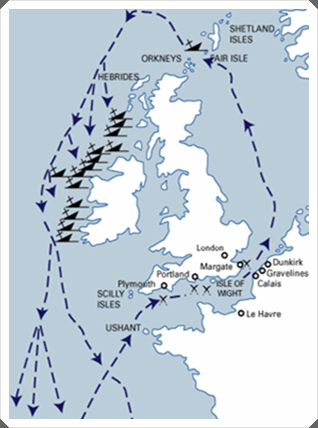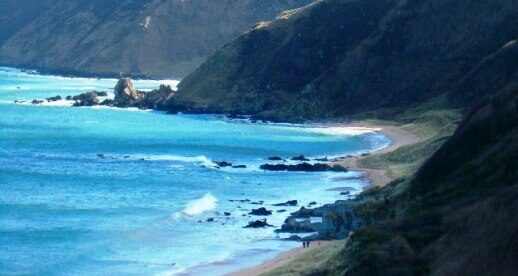Spanish Armada Ships – the Trinidad Valencera

The Defeat of the Spanish Armada
When in mid July, 1588 the famous Spanish Armada ships set sail from Spain for the conquest of England few could have imagined that many of the ships and men on board would never come home. Delayed by bad weather, suffering casualties in battles against the English fleet, and finally succumbing to the mighty force of the Atlantic Ocean, the Armada returned a shadow of its old self. There were 130 or more ships that set sail and of these more than 50 were lost. The wrecks dot the coastlines of Scotland, Northern Ireland and the Republic of Ireland. Of the 30,000 men on board the ships, sailors and soldiers, around 20,000 never made it back.
The Trinidad Valencera
The Trinidad Valencera was one of the largest Spanish Armada ships displacing 1,100 tons. Originally a Venetian merchant ship, it was conscripted by the Spanish against the wishes of its captain. It was armed with guns and loaded with supplies and men for the planned invasion of England.
The Armada Defeated
Despite delays due to weather, there we no major fighting incidents until the Armada reached the English Channel. There followed a number of skirmishes culminating on August 7-8 in the Battle of Gravelines on the eastern entrance to the English Channel. The Trinidad Valencera saw action off Portland Bill, the Isle of Wight and in the Battle of Gravelines. Spanish casualties were not heavy. Five ships were lost and many more had suffered serious damage.
More importantly, the Duke of Sidonia who led the Armada realized that the original plan of landing soldiers on England would be hard to accomplish. He decided to return to Spain. But since the Channel was blocked by the English fleet, he decided to set sail north, around Scotland, and then turn south west, past Ireland to return to Spain. With the English shadowing them for part of the way the trip was not easy. Bad weather and storms cause many of the ships to ship along the rocky coasts of Scotland and Ireland.
As they made their way around Scotland, the Trinidad Valencera and three other vessels were separated from the main bulk of the Spanish Armada ships in bad weather. On September 12 it was caught in a bad storm. Having suffered already considerable damage it made its way towards Kinnogoe Bay on the north coast of Ireland, in County Donegal. The ship was grounded a short way from the beach. There it broke and sunk by the force of the storm.
The Trinidad Valencera Sinks
The sandy beach and smoother shoreline meant that most of the 260 sailors and soldiers on board landed safely, in contrast to the much more tragic end of the galleass Girona, just 20 miles to the east which perished with most of its complement on the rough and rocky shores of Lacada Point. Despite the safe landing, most the men from Trinidad Valencera were later killed when they were confronted by Anglo-Irish soldiers. Thirty two men managed to escape to Scotland and from there to Spain.

Kinnagoe Bay, County Donegal, where the Trinidad Valencera sunk in 1588.
The Wreck
The wreck was discovered in 1971. When the sailors and soldiers disembarked at Kinnagoe Bay they took with them what valuables and important artifacts. The most important finds were three very large canons which are now on exhibition in the Ulster Museum in Belfast. These 40-pounder guns were initially considered as evidence that the Spanish had much larger and more powerful guns that the English. However, a re-examination of the written sources and archaeological evidence brought some new information to light. The orders for the Spanish Armada ships were that the guns should be ready for action at all times. Indeed, guns discovered from wrecks indicated that they were loaded. Not so with the Trinidad Valencera’s three canons. These were empty. The conclusion historians have draws is that these guns were not for fighting the English, but for land use once the soldiers had disembarked.
On Kinnagoe Bay today a plaque commemorates the loss of the Trinidad Valencera and her men, a tribute to this sad event in European history.
=================================================================
Have you enjoyed this article? Then you will also enjoy our article on the galleass Girona or the one about Lacada Point, the treacherous coastline that has cost countless lives of mariners. Or just click on the links below to read some of our other fascinating articles.

